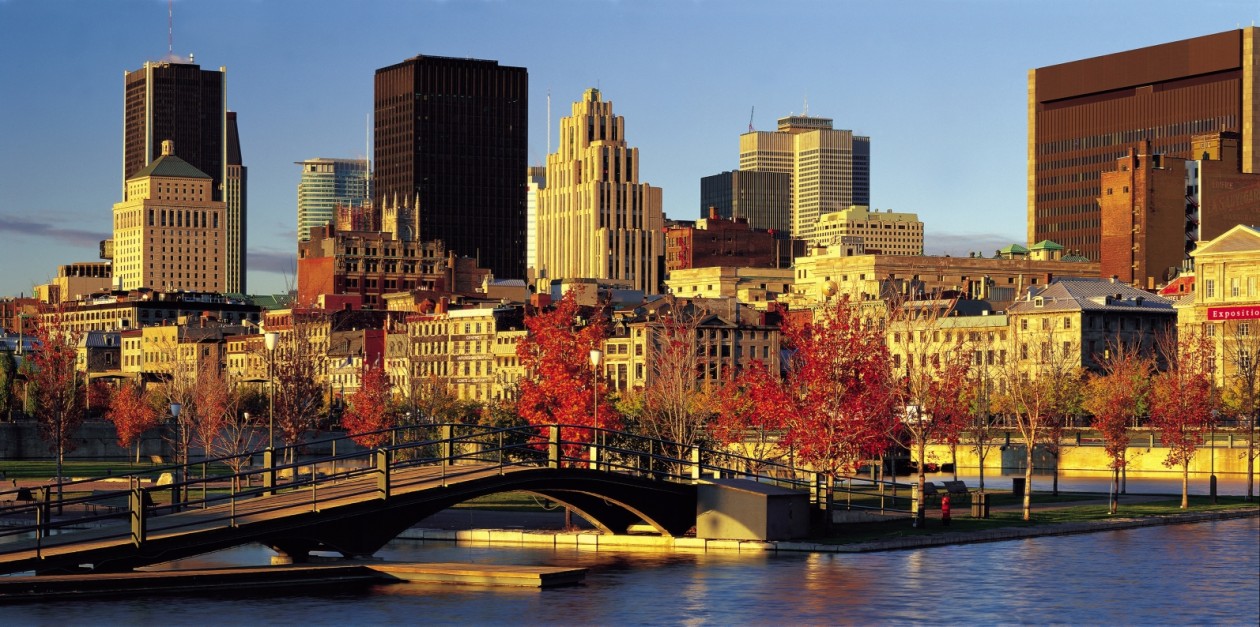First, Canada is made up of many systems including a constitutional monarchy, representative democracy, a federal system and a party system. A constitutional monarchy means that Canada follows British political traditions; however, British has almost no power over Canada. Next, a federal system means that power is distributed across 3 levels of government. These governments are Federal, Provincial, and Municipal. The federal government are responsible for defence, postal service, pensions, CSB, RCMP, taxes, loans, fees, tariffs and inspectors. The provincial government is responsible for education, hospitals, medical care, highways, licenses, provincial police, taxes, loans and fees. The municipal government is responsible for firefighters, snow removal, water supply, garbage and sanitation, public transit, local police, taxes, loans and fees. Last, a party system means that representatives belong to parties. Different parties have different beliefs, ideas and ways to govern Canada.
After reading all of that, the reader must be very tired. The information is boring. Why do we need to know all of that? Why is it important? Well, we are Canadian so we must understand the basic structures of Canada. Canada has a constitutional monarchy, a federal system, and a party system.
Fourth, we learned that the Canadian Government has 3 levels. Each level of the government is also broken down to 3 branches. The three branches are Executive, Legislative and Judiciary. The Executive branch has the power to administer a country. At the federal level, the Executive branch includes monarch. GG, PM and cabinet. The provincial and the municipal government have similar positions. The Legislative branch has the power to make or repeal laws. At the federal level, there are monarch, GG, House and Senate. Lower levels have similar positions. The Judiciary branch can interpret the meaning of laws and constitutions. They include the supreme court and federal judges. There is no Judiciary branch for municipal government. The provincial government has similar positions.
What are the four tenets of democracy?
1. A political system for choosing and replacing government through free and fair elections
2. The active participation of the people as citizens in politics and civil life.
3. Protection of human rights for all citizens.
4. A role of law in when laws procedure apply equally to all citizens.
In order to be democratic, a country must follow all four tenets of democracy. If one has been broken, then that country is not democratic. Why is learning about the four tenets important? Why is it useful? Suppose Canada is democratic then, the Canadian government will follow the four tenets of democracy. Do the four tenets of democracy apply to Canada? If Canada is not democratic then, we will not have rights which democratic countries have. Democratic country allows citizens to vote for leaders, protect rights for all citizens and law apply to citizens equally. Since Canada is somewhat democratic, we, Canadians want to maintain it that way. We want our rights.
First, Canadians do not vote for some members of the government, Senates. The Senates of Canada are appointed by the government.
Second, we, citizens of Canada do not participate in politics a lot because we only vote once every 4 year.
Third, elections of our government is not always fair because Ontario and Quebec has more seats in parliament than all of Canada.
Since the three points do not follow the four tenets of democracy; therefore, Canada is not democratic! Why should we care about democracy or our government?
Fifth, there are certain rights which Canadians have. Our rights is stated in the Charter of Rights and Freedoms. What is the Charter? The Charter is an updated version of the Bill of Rights and is established in 1960. The Charter guarantees political rights to all Canadian citizens and civil rights of everyone in Canada. These rights include policies and actions of all areas and levels of government. The Charter was accepted by Queen Elizabeth II and placed as the law of Canada on April 17, 1982 along with the rest of the Act. The Charter of Rights and Freedoms have 34 sections. Many of the rights and freedoms that are protected by the Charter, including the rights to freedom of speech and the presumption of innocence.
How are bills passed, is it democratic and is this process fair?
In order to pass a law, the document must go through 6 stages: First Reading, Second Reading, Committee Stage, Report Stage, Third Reading and Royal Assent.
In the first stage, First Reading, A new idea is classified as a bill and it is read in the House of Commons.
Next stage, Second Reading, the bill is debated in the House of Commons by parliamentarians.
After, committee members will hold a meeting with other people from or outside of the government.
In the fourth stage, the bill is sen back to the House of Commons so everyone in it can debate about it.
Then, politicians will debate about it again and this stage is called the Third Reading.
The bill will become a law when the Senate and House of Commons have passed the bill.
In this process, members outside of the government can also participate; therefore, it follows the second tenet of democracy which is “the active participation of the people as citizens in politics and civil life”.
